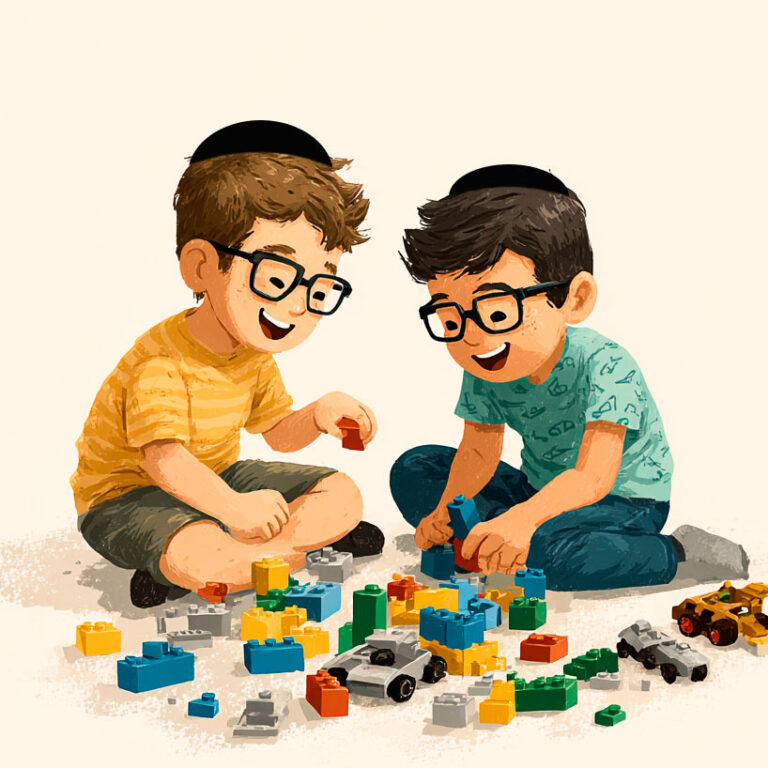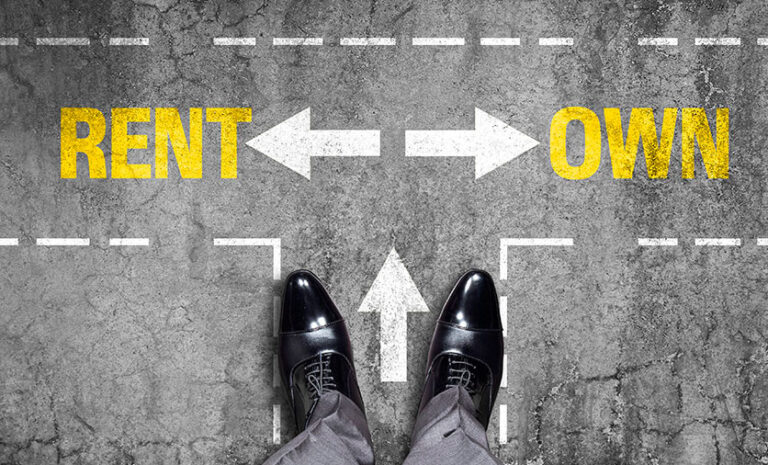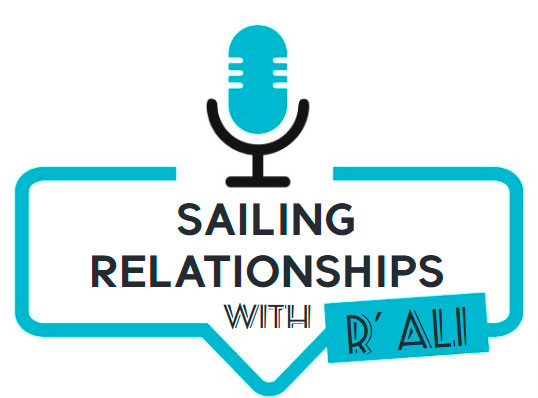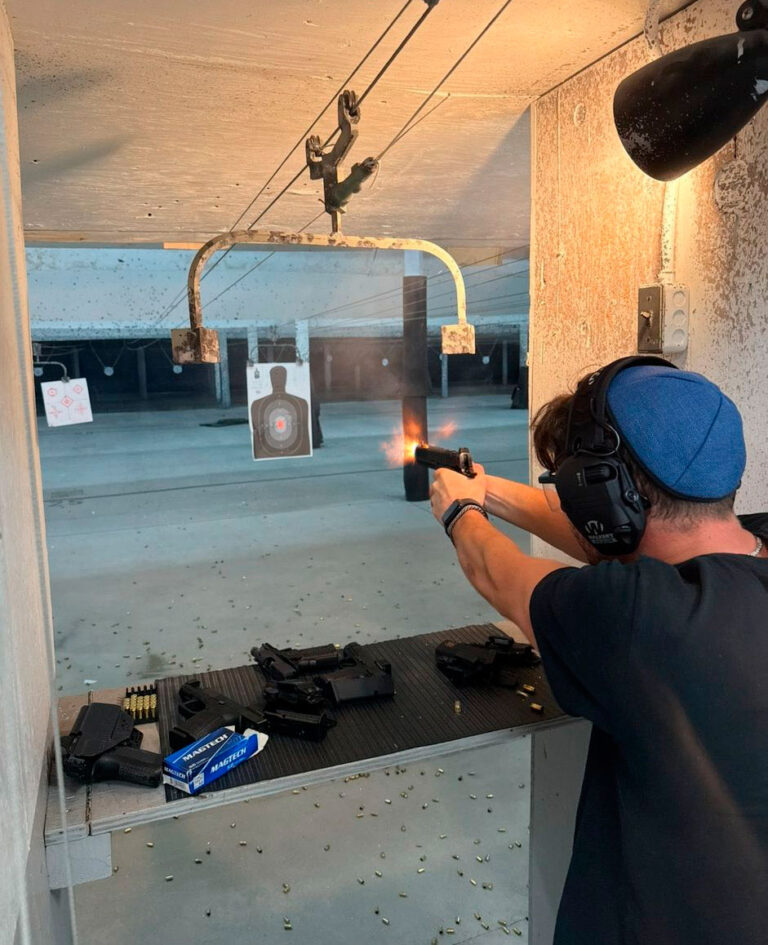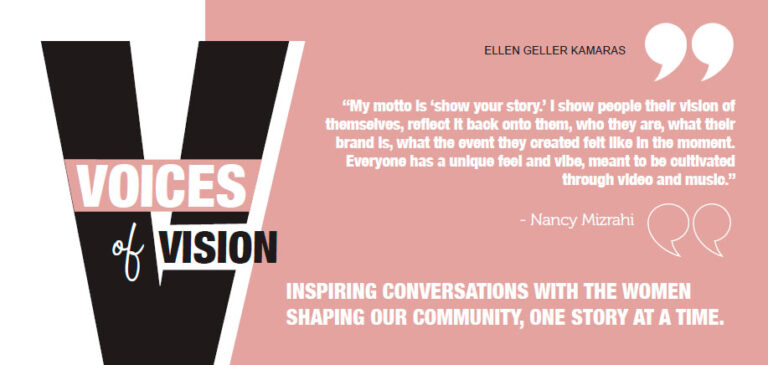Ellen Geller Kamaras
“My motto is ‘show your story.’ I show people their vision of themselves, reflect it back onto them, who they are, what their brand is, what the event they created felt like in the moment. Everyone has a unique feel and vibe, meant to be cultivated through video and music.” ~~ Nancy Mizrahi ~~
Please meet Nancy Mizrahi, a passionate and creative Gen Z storyteller, videographer, and film producer. Throughout her young life, she has worked on her personal development, growing her business, and making her vision a reality.
Let’s explore Nancy’s story and understand her personal, spiritual, and career trajectory. Nancy possesses a keen self-awareness, a goal-oriented focus, and a continual desire to learn and grow.
Origins
Nancy’s parents, Sabrina Benzaken and Roger Mizrahi were both born in Egypt and left with their parents due to the rise in anti-Semitism. Sabrina’s family moved to France when she was a year old and then to the U.S. Nancy’s father Felix was a tough and smart man who had a jewelry business on 86th street in Brooklyn.
Nona Fortune, Roger’s mother, took her family to Italy for a short time and then to Israel. Roger greatly enjoyed his childhood in Israel, going to the beach and playing soccer, before moving to the States as a teenager.
Nancy is named after her grandmother Nona, who unfortunately passed away before Nancy was born. “I learned about her through stories and pictures: she was passionate about photography and fashion.”
Nancy has three older brothers, Mikey, Steven, and Solly, all of whom she admires.
The Early Years
Nancy became a storyteller in elementary school.
Nancy attended the Yeshiva of Flatbush from pre-school through eighth grade. Nancy especially enjoyed her English and history classes, “the storytelling classes.”
Nancy did well academically, particularly in elementary school. After graduating from Middle School at the Yeshiva of Flatbush she attended Lincoln High School. In high school all she wanted to do was explore the world. She did not like being confined to a classroom.
Nancy was a very creative child and enjoyed being in her own world. While she was on the shy side through high school, afterwards Nancy began to embrace her full self, and her extroverted nature. Her self-assuredness blossomed. This was primarily due to her spiritual growth and to her venturing into her own film business.
A pivotal moment occurred in Nancy’s eighth-grade science class. Nancy made a video for a group astronomy project. Her teacher, Mr. Schwartz, was silent when she presented the video in class. He then said it was the best one he had seen in his teaching career and he would show it as an example to future classes. “I’ll never forget that moment when I recognized my talent and skill. Before that, I had only made fun music videos and sketches with friends.”
Nancy took a film class with Mrs. Kaplowitz in high school with just two other students. They watched old films and discussed the themes and subliminal messaging, comparing them to modern films. It was her most enjoyable class.
Nancy’s Special Spark
Nancy describes herself as real, deep, spiritual, religious, adventurous, cultured, and outgoing.
She is passionate about life and sees every single day as a gift and new adventure. “I love to create, I have so many passions, my business is one of them. So much to do in this life and so little time.”
Mentors
Nancy’s family and other role models helped to shape her values, life and professional skills, and aspirations.
Nancy’s parents imbued her and her siblings with a love for life and allowed them to be themselves, guiding them lovingly.
Nancy attributes her work ethic and her open-mindedness to her mother. Sabrina worked in her husband’s business as a young girl and continued after she got married. Sabrina rises early and is a do-it-yourself person. A worldly woman, she enjoys traveling, learning about culture, and music. “My mom inspired me to be as real as possible and to always strive for more.”
Nancy’s brothers were all in musical bands. Solly can pick up any instrument and play it on the spot. Steven had his friends over to play guitar and sing. Mikey inspired Nancy’s creative side by showing her films. All three brothers helped Nancy to develop a keen interest in music and film, and nurtured her creative spark. Religiously, Mikey was a huge inspiration, and Nancy learned to grow slowly at her own pace.
Nancy is moved by the friends she grows with, who have their businesses and passions; some are wives, some are mothers, and some are single.
Nancy’s Film Career Trajectory
Outside of her family, Shifra Hanon, the creator of Flatbush Yeshiva’s High School Pathfinders Program, was her #1 muse. From Nancy’s early years in high school, Mrs. Hanon helped Nancy to find her rhythm. After graduation, Nancy worked as a Pathfinders administrative assistant, organizing student trips and facilitating exploration of potential careers. “If it wasn’t for Mrs. Hanon and her encouragement, I wouldn’t have my career today.”
Nancy’s other incredible mentors are Esther Sarway and Mazal Mizrahi, her Torah teachers, and Joy Dushey, her healing coach and friend.
At one of her first jobs for a fashion company, Nancy was assigned to organize a photoshoot. On a whim, she created a recap video of the day with clips from her iPhone. All the buyers loved the video, and her boss later hired her to create a slideshow for a birthday celebration. This small job was Nancy’s “aha” moment: she realized she could take her skill set further into a business.
Never having picked up a camera before, that same year Nancy asked a friend to help her film three videos for small businesses owned by community women. Nancy opened up a business account on Instagram and posted the videos one after the other.
The videos blew up and NMizrahi Productions was born. Shortly afterwards, Nancy secured her first real gig with POPBOX NYC.
Nancy’s Career Takes Off
About two years later, Nancy decided she needed to ramp up her business professionally. She learned more about pro-lighting, pro-audio, and pro-video and even spent the day at B&H Photo, endlessly asking questions. Nancy invested a large sum and was determined to pay it off through booking jobs, and with Hashem’s guidance she did.
During the pandemic, Nancy was busy with Covid weddings and promotional gigs. Nancy was also part of a giveaway trip in Paris, organized by Shelly Schmool of ByShelly. Shelly saw Nancy’s talents early and took a chance on her. She was a huge help in kickstarting Nancy’s career, for which Nancy is eternally grateful.
It was time to hire a main camera person and then professional drone people and graphic editors.
Since 2017, Nancy markets her business through Instagram and word of mouth. “There is something I gain from every job.” Her remarkable clients include life coaches, “Simply Traditional,” an amazing culinary project spearheaded by Rochelle Hanon Dweck, the powerful women at PROPEL Network, SAFE, Flatbush Yeshiva, Barkai, and Magen David.
Her female entrepreneurial clients include Jenny Braha Mizrahi, Jennifer Nissan, Randi Tamir, Sari Dana, and Heleyne Tamir.
Appreciation
“There is nothing comparable to the high of finishing a project. When all the pieces are finally put together, each scene in its place, and the song is perfect. You and your client have created something beautiful together, and there’s nothing like the smile on your client’s face.”
Nancy is immensely grateful for all the experiences she has had and the connections she has made with creative and impassioned people. Nancy is always looking forward to who she will meet next and future opportunities. “Every day in this business is a new adventure.”
To unwind, Nancy goes for coffee, prays, learns Torah, travels, meditates, cooks, and lives life in her best element.
What’s Next
Nancy seeks to cultivate presence and calmness in her life. She has many future goals and would like to motivate others through her business and spirituality. One goal is to produce her own podcast and another is to make a short film based on an inspiring story.
Nancy is not yet married and is looking forward to meeting her naseeb, being a mother, and giving her children a life where they can find their purpose.
Her advice to students: Focus on self-development. Enjoy and be present in school: absorb the knowledge you’re receiving. Take small steps to get closer to your goals.
Nancy would love to connect and hear from Community readers. You can DM her on Instagram – @NMPRODUCTIONS_INC or text her at 917-538-7810. Ellen Geller Kamaras, CPA/MBA, is an International Coach Federation (ICF) Associate Certified Coach. Her coaching specialties include life, career, and dating coaching. Ellen can be contacted at ellen@lifecoachellen.com (www.lifecoachellen.com).



